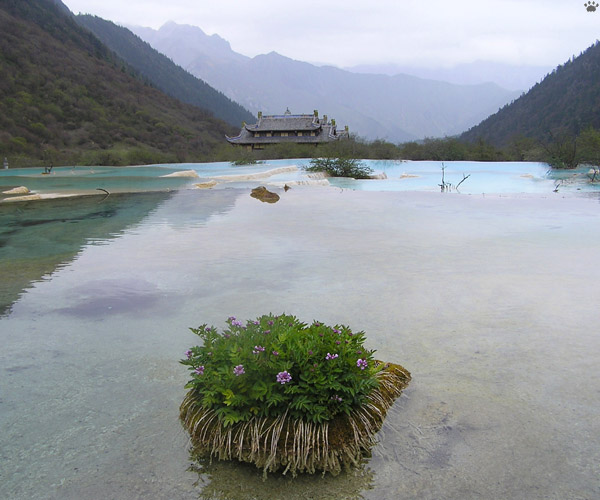
Huanglong Valley, Sichuan.
Part 7. Chengdu-Lanzhou Road
After passing by the entrance to Wolong Valley, the road north from Chengdu crosses a few mountain passes. This area was wild and remote just a decade ago, but now it's rapidly developing. Literally hundreds of new hotels spring up every year, rivers are slowed down by dozens of hydroelectric dams, and endless caravans of tourist buses crawl up and down new highways.
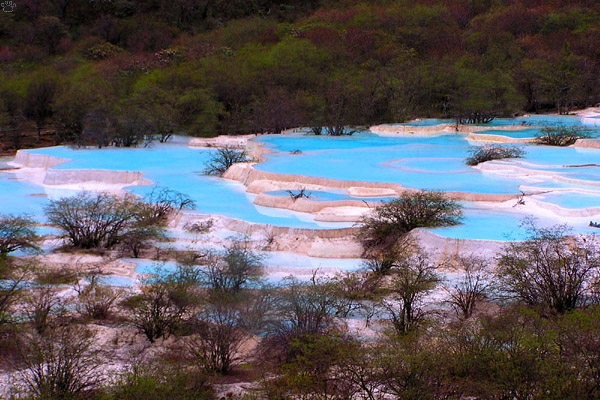
Huanglong Valley, Sichuan. |

Huanglong Valley, Sichuan. |
Hidden into the labyrinth of ranges and canyons are two beautiful National parks: Huanglong and Jushaigou. Both parks have long cascades of dozens of green, blue, and colorless lakes, separated by natural travertine dams. |
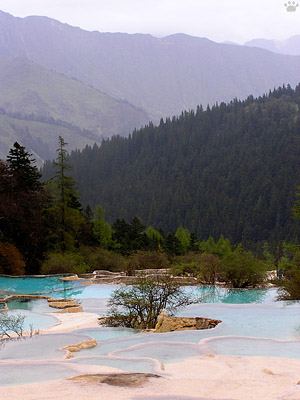
Huanglong Valley, Sichuan. |

Huanglong Valley, Sichuan. |
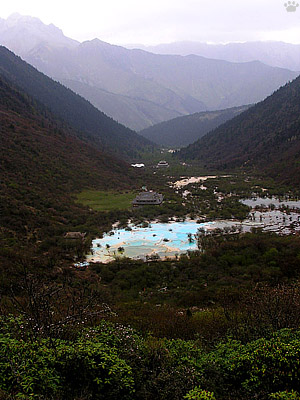
Huanglong Valley, Sichuan. |
The lakes at Huanglong are by far more beautiful. Both parks have dense coniferous forests and alpine meadows. But Jushaigou is much larger, and its valleys are squeezed between rocky peaks rising vertically for over a thousand meters. |
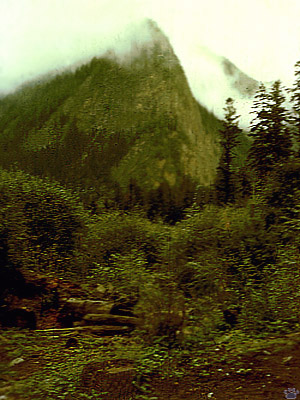
Jushaigou, Sichuan, 1993. |
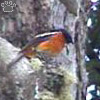 |
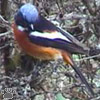 |
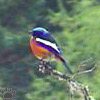 |
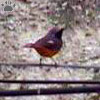 |
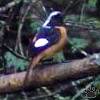 |
 |
| White-throated redstarts (Phoenicurus schisticeps, three right photos), Hodgson's redstart (Ph. hodgsoni, left) and white-winged redstart (Ph. erythrogaster, two right photos), Huanglong. |
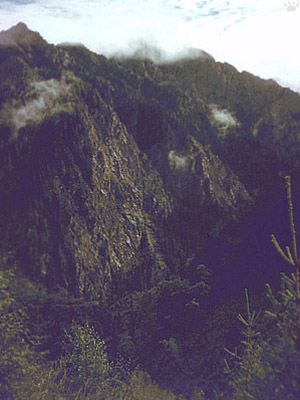
Jushaigou, Sichuan, 1993. |
With its towering peaks, forests of giant firs, and lakes, Jushaigou is likely the most beautiful place in China. I visited it in 1993, but decided to skip in 2006 - there's too much new development in the area. I still hope to see it in October sometime. |

Jushaigou, Sichuan, 1993. |
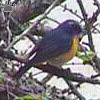 |
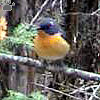 |
 |
 |
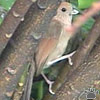 |
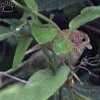 |
| Snowy-browed flycatcher (Ficedula hyperythra, two left photos), Fujian niltava (Niltava davidi), and vinous-throated parrotbill (Paradoxornis webbianus, three right photos), Huanglong. |
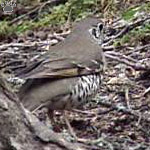
Long-tailed thrush (Zoothera
dixoni), Huanglong. |
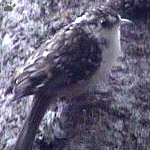
Recently described Sichuan creeper
(Certhia tianquanensis), Huanglong. |
Both parks have a lot of wildlife. You can see five species of redstarts and six species of rosefinches in one day. |
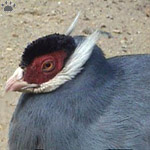
Blue eared-pheasant (Crossoptilon
auritum), Huanglong. |
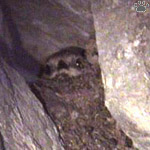
Golden bush-robin (Tarsiger
chrysaeus), Huanglong. |
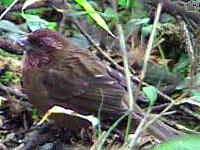
White-browed rosefinch (Caprodacus thura),
Huanglong. |
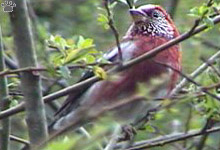
Three-banded rosefinch (C. trifasciatus),
Huanglong. |

Vinaceous rosefinch (C. vinaceus),
Huanglong. |
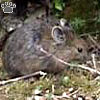
Gansu pika (Ochotona
cansus), Xiahe. |
This part of China has the highest diversity of pikas in the world - about ten species. These are Thomas's pika (below) lives in spruce-fir forests and behaves very much like voles. Gansu pika (left) inhabits sagebrush plateaus and behaves very much like the pygmy rabbit of North America. Tibetan pika (right) is very common in Tibetan steppes, where it builds networks of burrows, not unlike those of prairie dogs. Many birds and small mammals live in pika burrows. |

Tibetan pika (O.
tibetana), Gulu. |
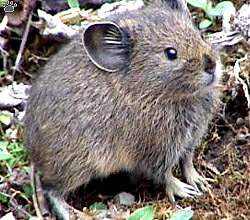 |
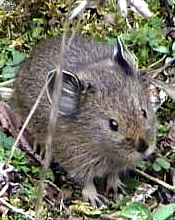 |
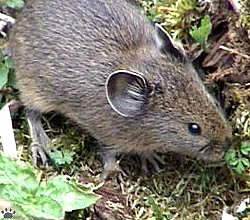 |
| Thomas's pika (O. thomasi), Huanglong. |
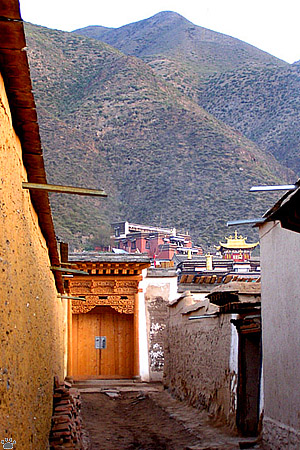
Labrang Monastery, Gansu. |
Further north, the road crosses Sichuan Swamp Plateau (a good place to see black-necked cranes, upland buzzards, Himalayan marmots and other Tibetan fauna), then descends into Gansu Province and passes near the famous Labrang Monastery. |

Labrang Monastery, Gansu. |
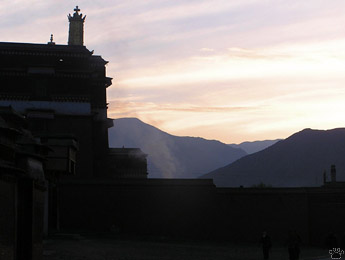
Dawn at Labrang Monastery. |
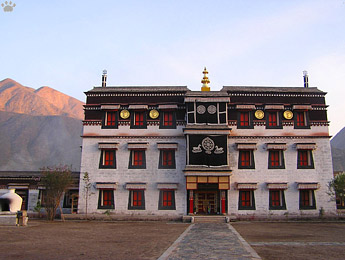
One of the colleges, Labrang. |
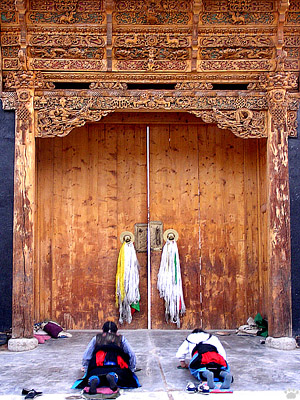
Door, Labrang. |
Founded in 1710, Labrang is one of the largest Lamaist monasteries in the world, and a major center of Buddhist education. At present, it has six colleges with about 500 monks, mostly Tibetans and Mongols, who study ritual, astrology, folk medicine etc. |
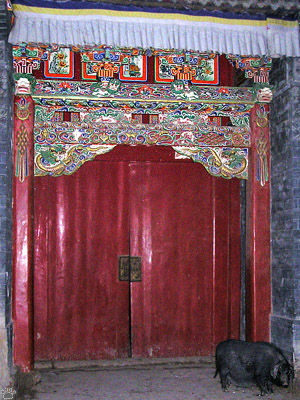
Door, Labrang. |
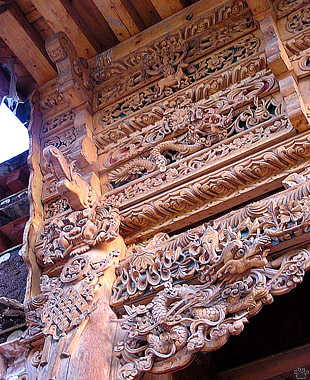
Door detail, Labrang. |
Labrang can be reached by bus from Lanzhou. Further west, in Qinghai Province, is a smaller, less interesting Xiahe monastery, very popular with Western tourists. |
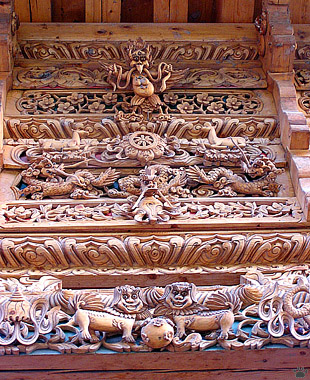
Door detail, Labrang. |
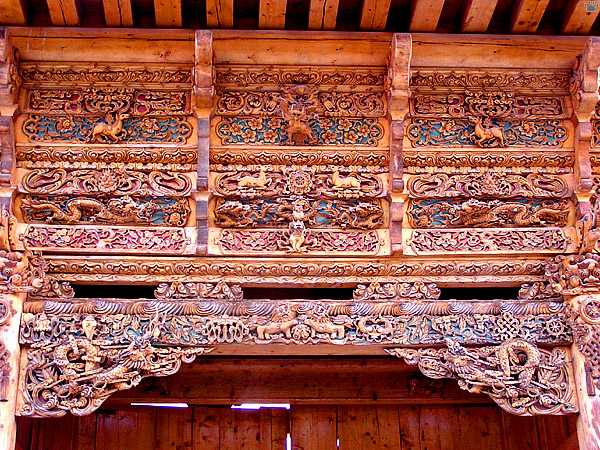
Door detail, Labrang. |
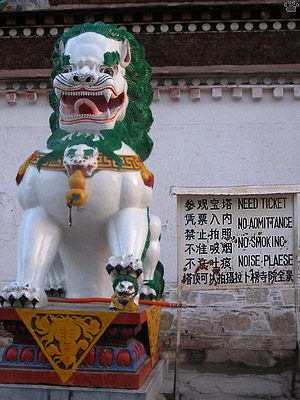
Entrance, Labrang. |
Before China took over that part of Tibet (historically known as Amdo), there were thousands of monks in Labrang. Now there's not much left of Buddhist culture in Gansu, except this one monastery. But in nearby Sichuan it is alive and well. |
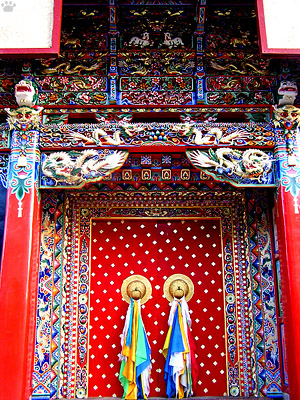
Door, Labrang. |
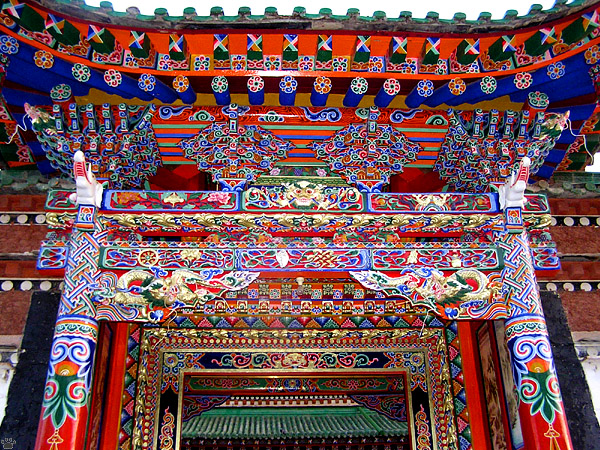
Door detail, Labrang Monastery.
Part 8: Western Sichuan
Back to Part 6
Home
|